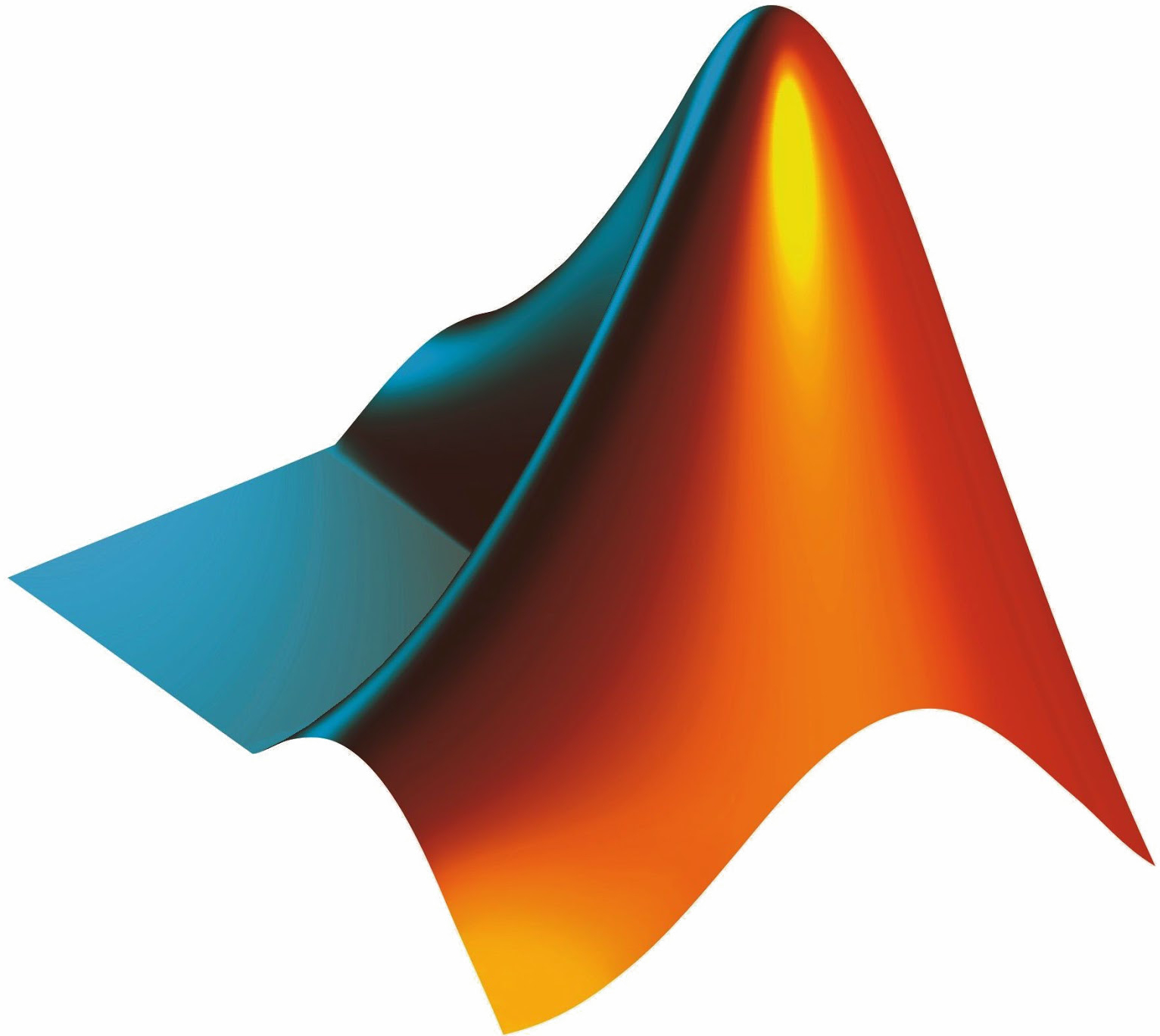Path Model Q&A

Anna Henschel and Stephanie Allan kindly invited us to discuss our (Olivia Guest & Andrea Martin) work How computational modeling can force theory building in psychological science at their reading group Glasgow ReproducibiliTea last week. So we decided to write up the questions we received in this blog post. It was a very enjoyable experience. And we’re very grateful not least because it’s explicitly aimed towards and for students and more junior people in our field — an audience we believe is especially able to learn how to improve their scientific reasoning and theoretical construction skills.


